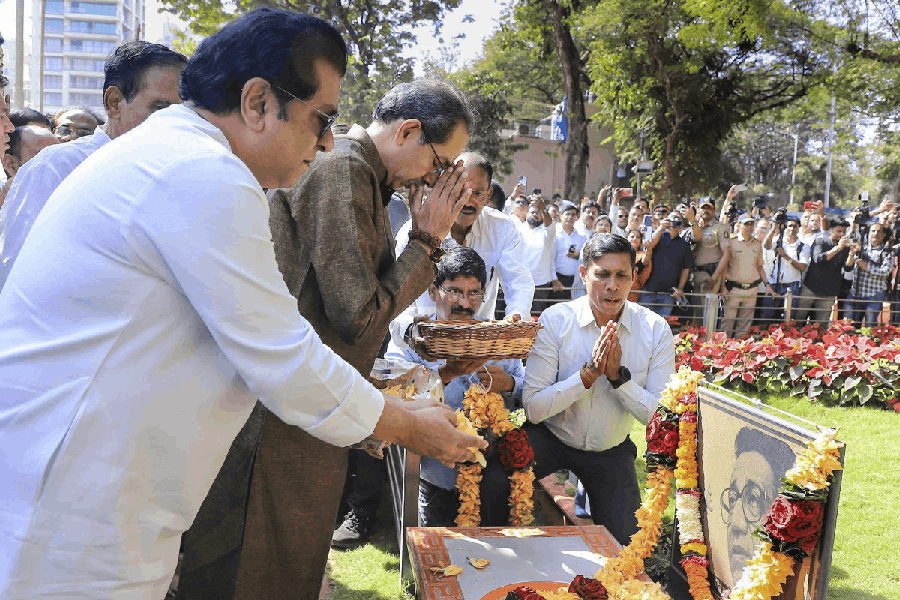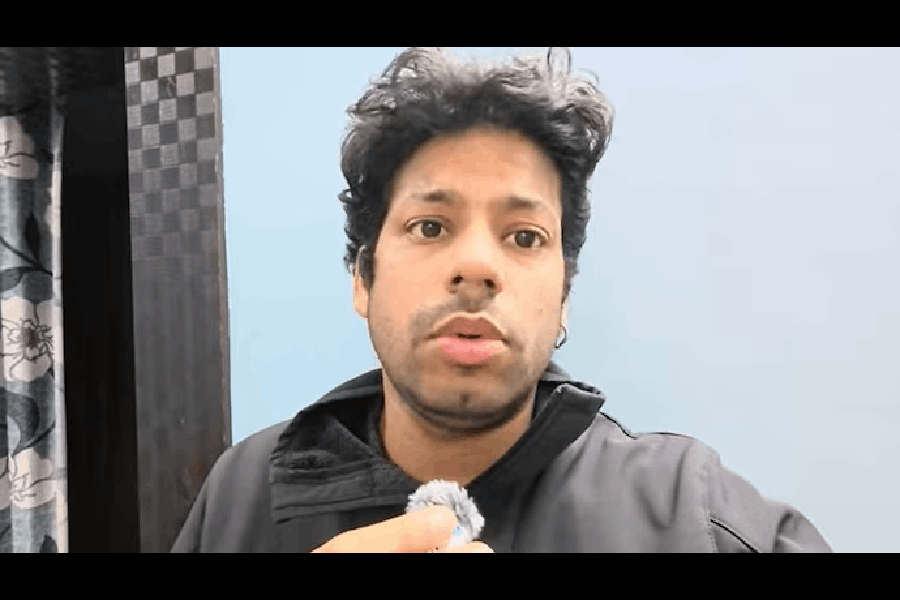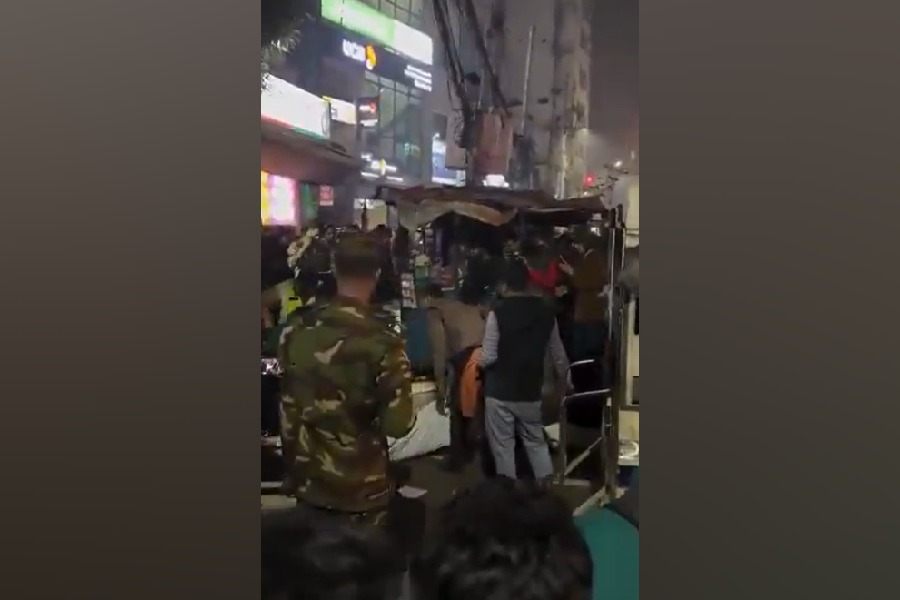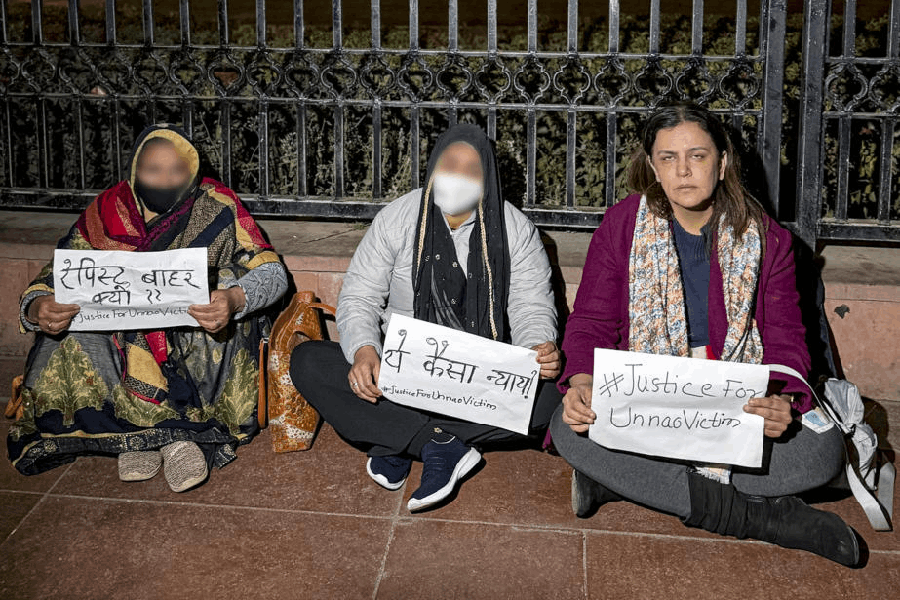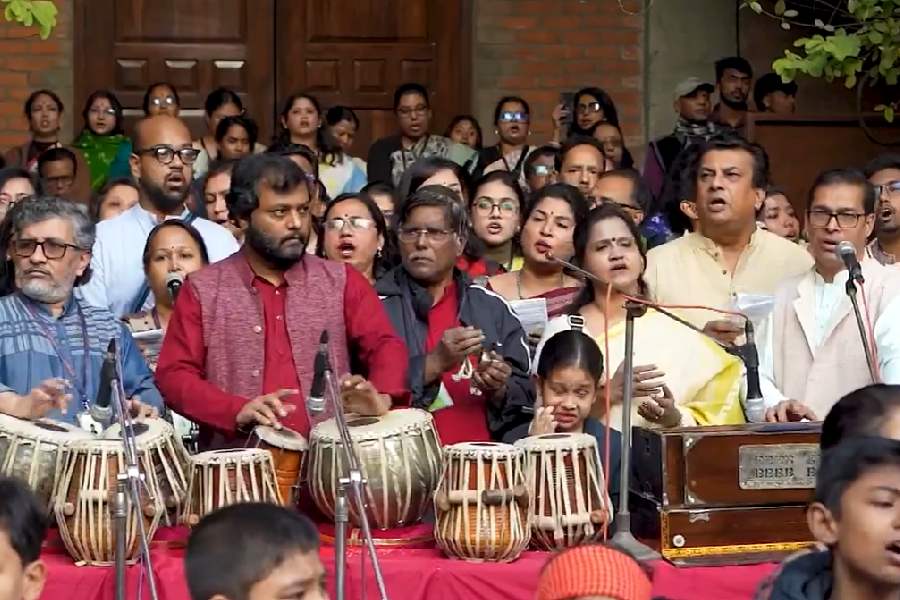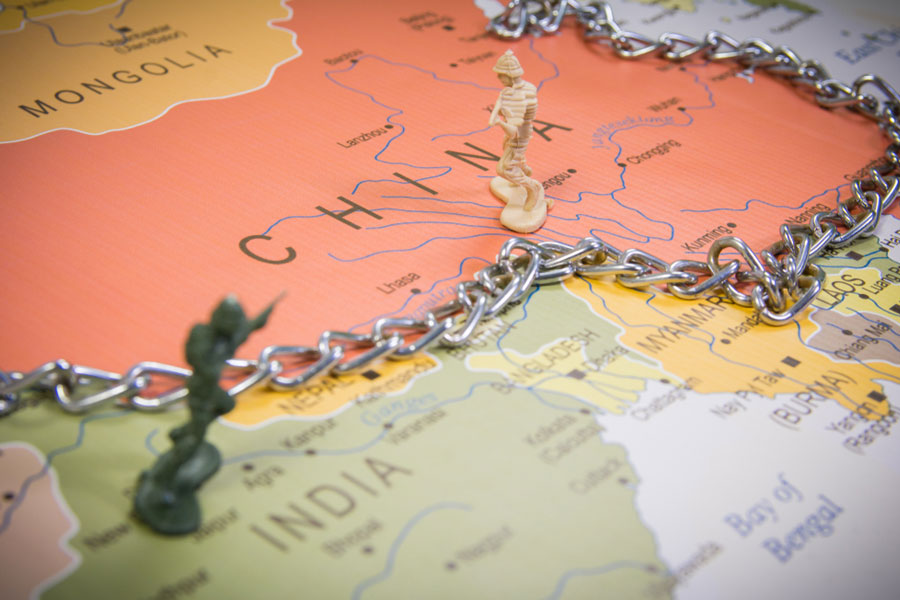 |
 |
| The space capsule and (below) a coast guard ship waiting to retrieve it. Telegraph pictures |
New Delhi/Chennai, Jan. 22: In 46 minutes, punctuated only by intermittent claps and cheering in a control room, India today guided a space capsule safely back home, propelling itself into the special club of three countries that can launch as well as recover spacecraft.
The capsule, returning after 12 days in Earth’s orbit, survived a fiery re-entry into the atmosphere and splashed down in the Bay of Bengal at 9.46 am, from where it was plucked by a coast guard vessel to be ferried back to the Sriharikota space centre.
“It was ecstatic. Everything worked exactly as it was supposed to,” an Indian Space Research Organisation (Isro) official said. “What was a plan yesterday is a reality today,” Srirangapatna Shivkumar, director of the Isro Telemetry Tracking and Command Network (Istrac) in Bangalore, told The Telegraph.
“This is a significant step towards future goals such as reusable launch vehicles and manned missions,” said Roddam Narasimha, a senior aerospace scientist and a member of the Scientific Advisory Committee to the Prime Minister.
In recovering the capsule, Isro was putting to test for the first time its capabilities in precision control and heat-resistant silica tiles for safe re-entry into the atmosphere, parachutes to slow the capsule’s descent, and even a flotation system triggered by salt water.
The US and Russia had developed spacecraft re-entry and recovery capabilities decades ago. China, too, is familiar with re-entry and has sent astronauts into space in a Chinese-made spacecraft. “It’s not a new technology, but doing something on your own has enormous value. It helps build a knowledge base and confidence,” said Narasimha.
But aerospace scientists warned that it is only one step towards future goals. Both reusable space vehicles and manned missions will also demand an array of other technologies such as new rocket engines, life-support and safety systems for astronauts — areas in which India has no experience.
The deorbiting operations began at 9 am today, when an onboard rocket motor was fired to slow down the speed of the capsule that was orbiting the Earth at 8 km per second. At 9.17 am, the capsule was reoriented for its re-entry into the atmosphere. It slipped into the atmosphere at 9.37 am at a speed of 8 km per second, protected from intense heat by the silica tiles on its outer surface.
The first set of parachutes opened at 5 km above sea level, and the main parachute at 2 km, allowing the capsule to slow down and strike the water at 12 metres per second. Throughout the 46 minutes, telemetry signals from the capsule told Istrac scientists that all was going well. With each milestone, the engineers in the spacecraft control centre clapped and cheered.
“I think we were more excited than tense,” Shivkumar said. “Through this capsule, we’re hoping to show the world a novel, inexpensive platform for micro-gravity science experiments,” said Kamanio Chattopadhyay, chairman of materials engineering at the Indian Institute of Science in Bangalore.
“Until now, micro-gravity experiments have been done on the space station or on the US space shuttle — and both are expensive,” he said. “A capsule with science experiments can routinely piggyback on large satellites,” Chattopadhyay told The Telegraph.
Isro’s first space capsule contained two experiments — one designed by Chattopadhyay’s team aimed at producing materials called quasi-crystals in space, the other by Arvind Sinha at the National Metallurgical Laboratory in Jamshedpur, who designed a test to produce bone material in the micro-gravity of space.
“We can synthesise bone material on Earth, but in the low-gravity environment of space, we expect the structure of the synthetic bone to be better than when it’s synthesised on Earth,” Sinha said.
The capsule will be taken to Sriharikota tonight where engineers will remove the scientific apparatus and hand it over to Chattopadhyay and Sinha.





